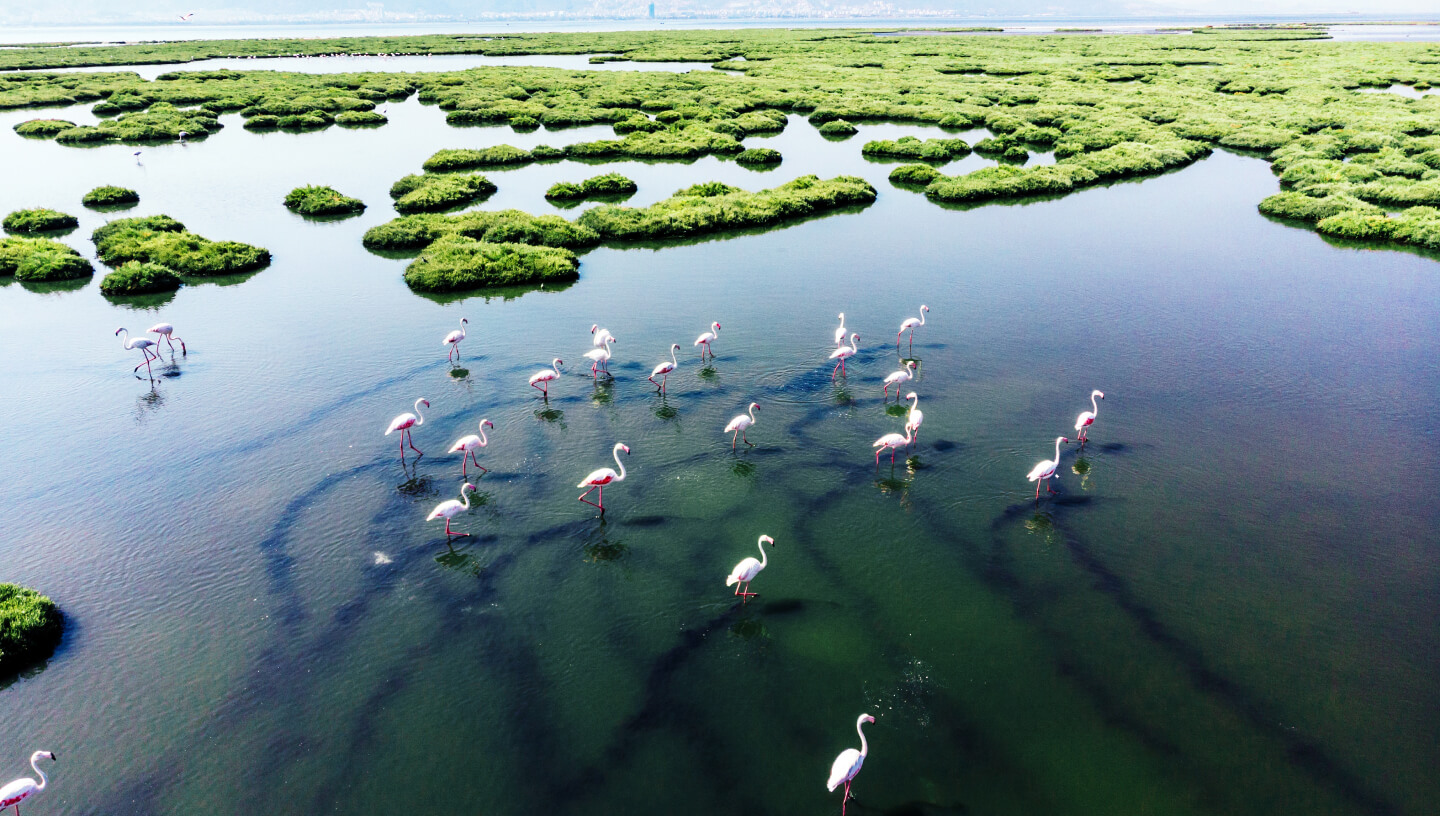07.10.2022
Another method of positive climate impact found
 Photo by: graphixel / iStock
Photo by: graphixel / iStock
Researchers at the Australian Rivers Institute have developed a way to treat sewage and stormwater using artificial wetlands. Such a barrier prevents microplastics from spreading into the environment.
The scientists studied the amount of microscopic polymeric particles and their distribution in water and sediments in five specially created areas of wetlands where water from sewage and drainage systems had entered.
The study showed that the level of microplastics in the liquid at the outlet of the natural area was four times lower than it was at the inlet. The pollutants remain at the bottom.
“Wetland vegetation slows the flow of water, allowing microplastics to settle in sediments. It acts as a barrier that prevents plastic from spreading further downstream into our rivers and oceans,” said one of the study’s authors, Professor Frederic Lelouch, head of the toxicology research program at the Australian Rivers Institute.
The predominant type of plastic in the sediment was found to be PET fibres, most of which enter the environment from clothes and textiles as a result of washing. But particles of polyethylene and polypropylene, the material used to make plastic bottles and food packaging, were also found in the swamps.
The researchers added that their work was the first step in proving that man-made wetlands not only filter runoff and stormwater but also retain microplastics in the bottom sediments.
“The accumulation of microplastics and other pollutants in wetlands over time is also of concern because constructed wetlands provide key habitat for wildlife in the urban landscape.
When it becomes clear whether the wetlands can effectively retain microplastics during the rainy season, we will have to find a way to safely remove accumulated pollutants from the bottom of the wetlands,” added Dr Xuan-Cheng Lu, another author of the study.
Microplastics are very small (less than 5 millimetres) particles of plastic litter that accumulate in soils and water bodies and in the bodies of humans, animals and other creatures.
The impact of these substances on human health is still poorly understood, but some scientists have linked microplastics to immune disorders, exacerbation of cardiovascular disease and diabetes. It has recently been discovered that polymer fragments are capable of carrying heavy metals and organic pollutants.
Cover photo: graphixel / iStock



























Comments